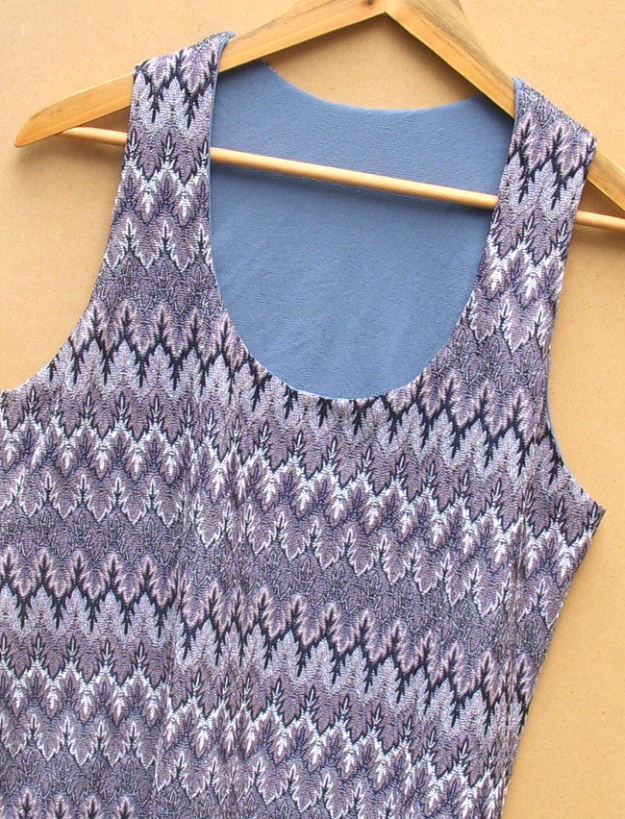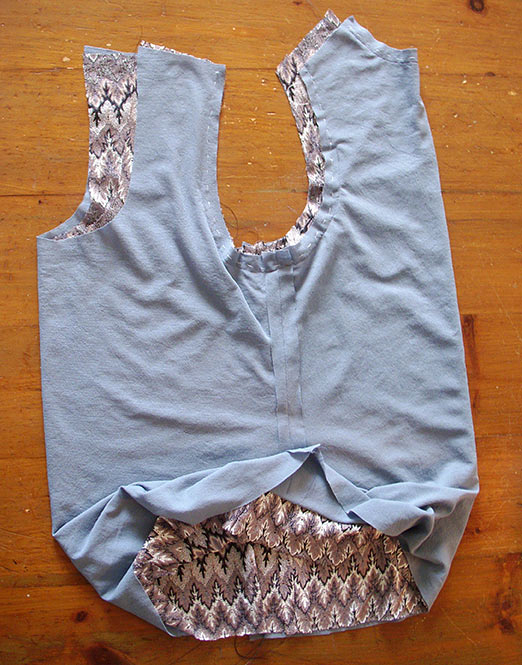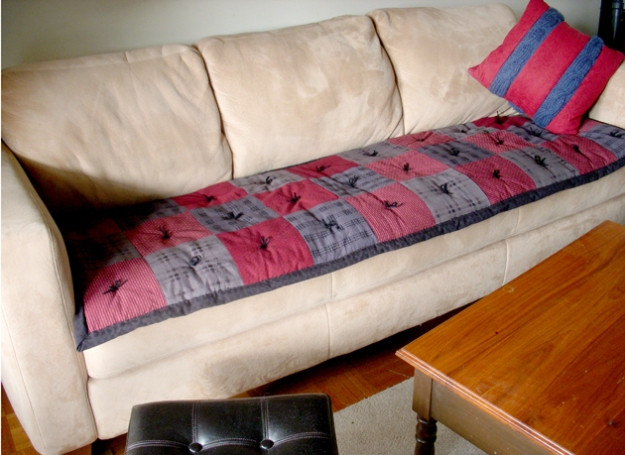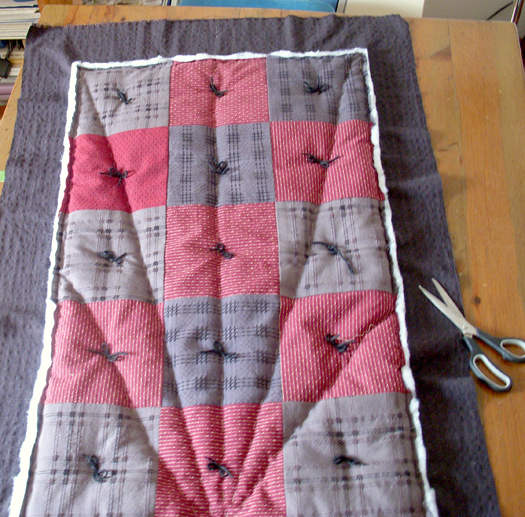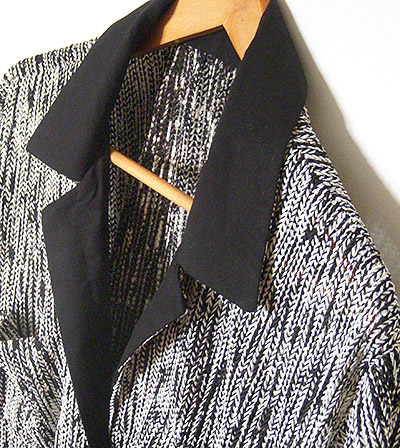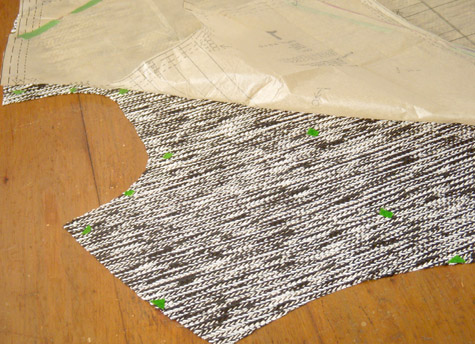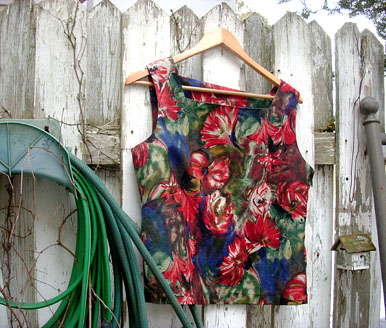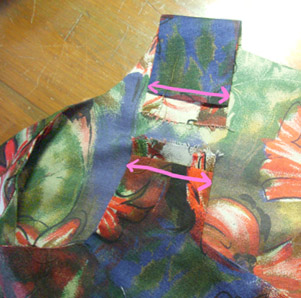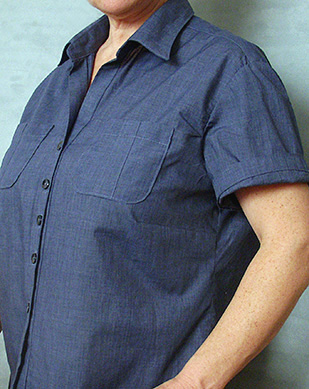
Making a custom air conditioner cover is often easier than hunting for a good replacement in stores. As a shopper, I found all sizes of barbecue covers, but nothing small enough for an a/c cover.
Start with a waterproof material. Good choices are the material used for tarps, tents, lunch-bags, awnings or outdoor upholstery. You will find plenty of options, but it absolutely has to withstand rain and cold temperatures.
Also, when you are choosing a fabric, buy something sturdy enough to withstand the perforations of sewing and that won’t rip away during wind storms.
For a typical a/c unit, I estimate about 2.5yards off a 54″ fabric bolt.
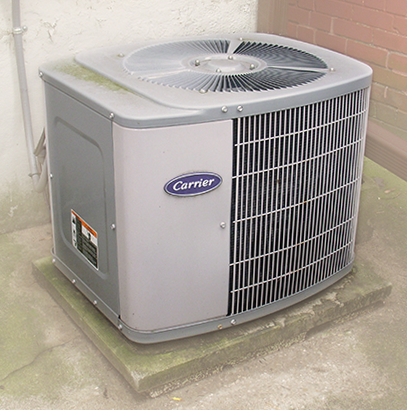
I modified a large plastic barbecue cover to protect my air conditioner unit over winter. I measured height to include the stone base.
For my custom air-conditioner cover, I re-purposed a standard barbecue cover made from woven polyester (plastic with a surface grain). Luckily, the material was wide enough that I could make a pattern in two pieces. One piece covers top and back. The other wraps both sides and the front. Pieces are seam tape sewn together, with at least one open slit to accommodate the hose and electrical connection to house.

Remember to leave room for hoses and electrical cords. This back vent closes up with velcro tabs sewn in along the seam tape.
To make the seam tape, I cut 2″ narrow strips from the plastic fabric. In total I needed 3.5m to join both pieces and anchor in the velcro tabs at back vent. I would need closer to 8m If I wanted to edge seam along the bottom and do both sides of open slits at back. If you want, you can create a casing along the bottom edge and insert some elastic ties for extra wind-proofing.
Seam Taping Tip: Start sewing in the middle of the front panel and leave the tape trailing at both sides. You can sew up these loose tails when you reposition your cover to sew down sides. And add short velcro tabs to provide a snug fit.








